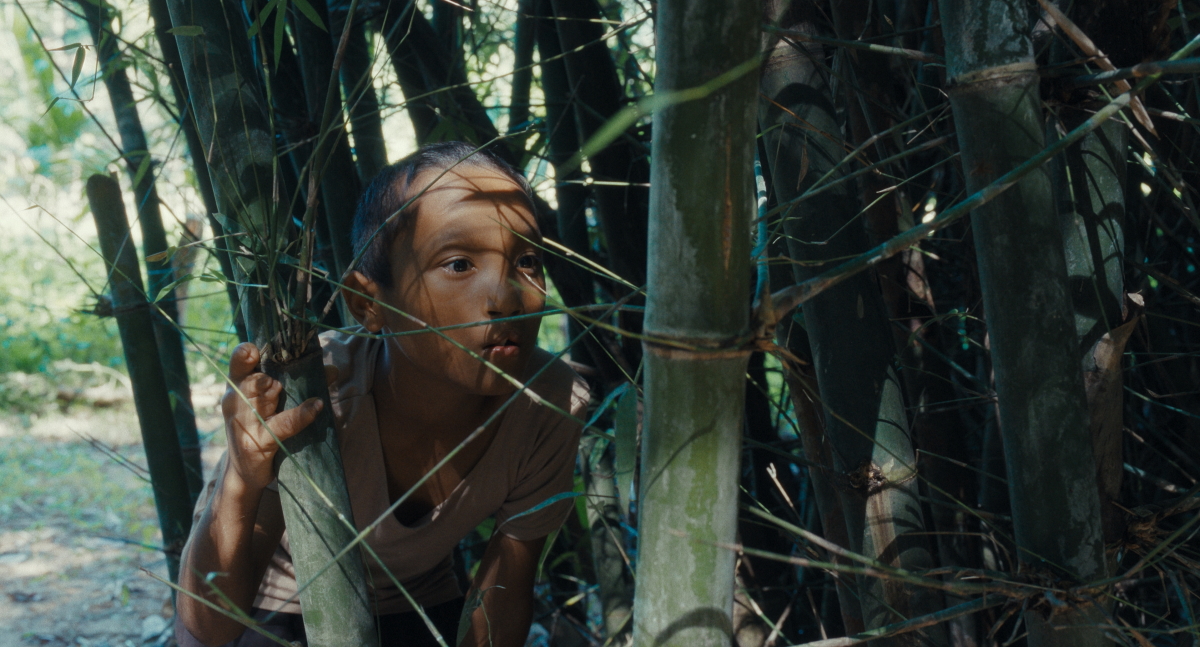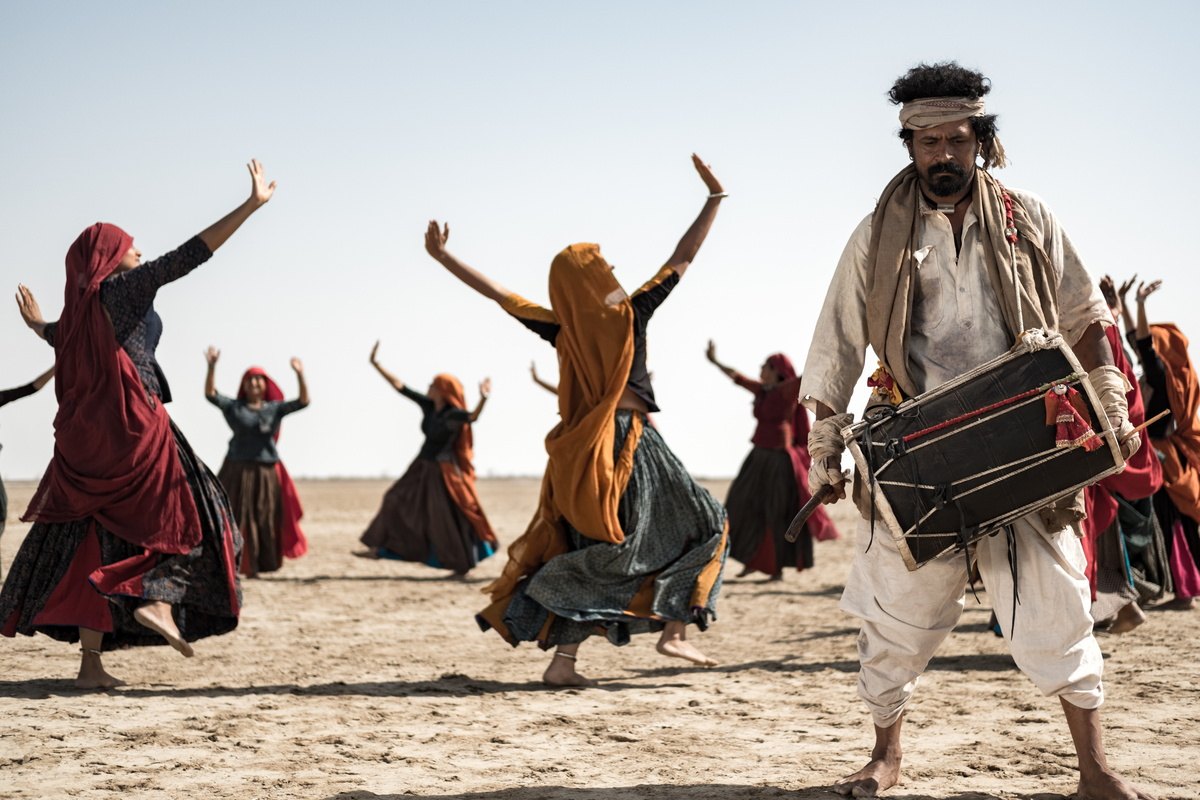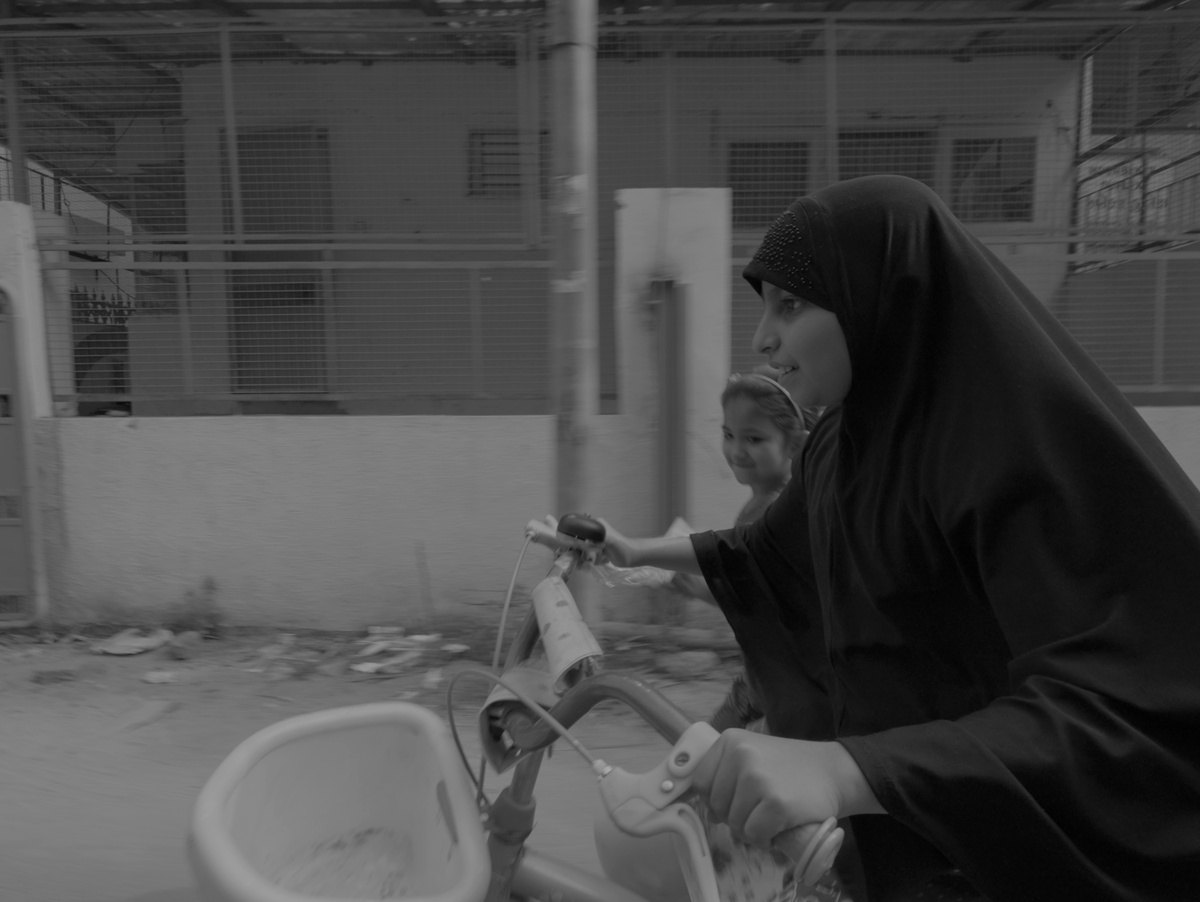Barwy współczesnych Indii – pierwsze tytuły sekcji Focus: Indie na 17. Pięciu Smakach
Rosnąca w świecie rola Indii, niespokojna polityka i ambicje tego najbardziej zaludnionego kraju na świecie, a także buzująca energią, talentami i niezwykłymi pomysłami branża filmowa – oto powody, dla których warto przyjrzeć się bliżej kinu indyjskiemu. To nowy kierunek w historii festiwalu i niech sekcja ta posłuży jako zaproszenie do wejścia w fascynującą tkankę filmowych historii.
Sekcja Focus: Indie to cały wachlarz emocji i stylów – od poetyckich esejów, przez kameralne historie obyczajowe, po zaskakujące swą drapieżnością gatunkowe przeboje. Każdy z filmów to też okazja do poznania innego obszaru geograficznego Indii i różnych tradycji – tych kulturowych, jak i związanych z organizacją przemysłu filmowego. Kluczem do poznania zakamarków największej na świecie kinematografii (około 2000 filmów rocznie w 20 językach!) będzie różnorodność i kolektywność. Zebrane w programie filmy reprezentują różne modele produkcji, a łączy je tematyczna klamra, jaką jest zbiorowość. W swoich dziełach twórcy opowiadają nie tyle o jednostkach, ile o grupach. Zestawiając historie o kolektywach czy kastach, zastanawiamy się nad tym, co je łączy, a co dzieli – nad rytuałami, różnicami klasowymi, konfliktami, wierzeniami czy codzienną dynamiką, którą określa opresyjny nieraz system.
W programie znajdą się m.in. doceniona na festiwalu w Locarno opowieść o naturze strachu, imponujący formalnie taneczny musical o emancypacji, czy odkrycie z festiwalu w Rotterdamie – obserwacyjna hybryda fikcji i dokumentu poświęcona społeczności muzułmańskiej.

Wzmożenie
Rimdogittanga / Rapture
reż. Dominic Sangma
Indie, Chiny 2023, 127’
[kino+online]
Raz na kilka lat, w pobliżu pewnej katolickiej wioski w północno-wschodniej części Indii pojawia się rzadki gatunek cykad. Owady traktuje się wtedy jako egzotyczny delikates, a nocne łowy są ważnym elementem kolektywnej praktyki. Harmonia wioski zostaje całkowicie zburzona, gdy podczas cykadobrania dochodzi do porwań dzieci. Lokalny pastor przewiduje: oto nadchodzi apokalipsa, która ziści się po 80 dniach ciemności, powoli przenikającej otaczające lasy. Na niepokojące wydarzenia przyjdzie nam patrzeć oczami dziesięcioletniego Kasana, zmagającego się z ślepotą zmierzchową, dla którego zderzenie z mrokiem będzie jednoznaczne z konfrontacją z własną wyobraźnią.
Wzmożenie przypomina zabawę w chowanego w ogromnym lesie. W jego mroku kryje się strach – a ten w ujęciu Sangmy jest jednocześnie zaskakująco piękny, jak i przerażający.

Hellaro
reż. Abhishek Shah
Indie 2019, 121’
[tylko kino]
Niezmierzone stepy, palące słońce i piach, który gryzie w oczy. To zachodnie Indie, wioska w stanie Gujarat, którą zamieszkuje społeczność od lat biegła w tańcu garba – wyrazistym, dynamicznym, wyzwalającym i przepełnionym choreograficzną precyzją. Niestety mogą go tańczyć tylko mężczyźni. W wiosce, rządzącej się patriarchalnymi zasadami, kobiety żyją w zamknięciu, odizolowane od wszystkiego, co mogłoby przynieść przyjemność. Pewnego dnia spotkają osobę z zewnątrz, tajemniczego przybysza, który okaże się bębniarzem. Gdy wydobędzie dźwięk ze swojego dholu, kobiety po raz pierwszy będą mogły zatańczyć ich własny taniec.
"Hellaro" to opera mydlana, taneczny musical i historia o emancypacji w jednym, film, który imponuje choreografią i inscenizacją.

Jaki kolor?
Kayo kayo colour? / Which Colour?
reż. Shahrukhkhan Chavada
Indie 2023, 96’
[kino + online]
Zapis codzienności muzułmańskiej dzielnicy w samym sercu Ahmedabadu, w której przecinają się losy jej mieszkańców. "Jaki kolor?" miesza fikcję z dokumentem, portretując międzyludzkie relacje, domowe rytuały, czy zależności między płciami – wszystko po to, by w ciszy obserwacyjnej narracji wydobyć z nich komentarz na temat współczesnej pozycji muzułmańskiej mniejszości w stanie Gujarat.
"Jaki kolor?" to odważny obraz życia pewnej muzułmańskiej rodziny – wycinek z jej 24-godzinnej egzystencji, w którym spokojna obserwacja staje się filmowym manifestem istnienia i wyrazem buntu wobec polityki rządu Narendry Modiego. Odkrycie Festiwalu w Roterdamie.


